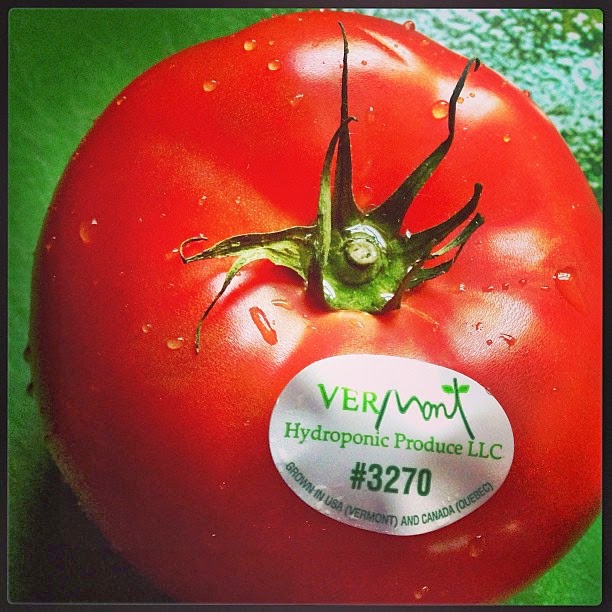Source: Flickr
Image: USDAgov
In traditional soil farming and gardening you use a lot of water and that water usually just runs off. With aquaponics the water never really leaves the area. It brings together two practices: aquaculture, the practice of raising fish in tanks and hydroponics, the practice of growing plants without soil. The fish naturally produce waste which is removed from the tanks, but instead of disposing of the waste it's used as plant food and purified in the process to be used all over again in the fish tanks. This system can be set up on a small scale for individual or residential use, but it can also work on a very large scale commercial operation just as well.
Source: Flickr
Image: USDAgov
A recirculating water system allows for water to be circulated, fish to be raised and plants to be grown year round. With aquaponics there is no growing season. Plants can be harvested all year round and can grow for a year before needing replanting. Also, without soil the maintenance costs are lower than traditional gardening and farming, although initial set-up costs are higher. Small operations can be set up in basements and garages, producing the same quality and abundance of food from season to season.
Source: Flickr
Image:WorldFish
Tilapia is the most common species of fish used in a recirculating water system. Hybrid Striped Bass, Catfish, Perch and Trout also do well in such environments, but Tilapia is a large and hearty fish which grows rather quickly. They're also tolerant of fluctuating water temperatures, pH and oxygen levels. The nutrient-rich effluent from fish tanks is used to fertigate hydroponic plant beds. The adult fish can also be sold at market. The nutrients from the fish manure, algae and decomposing uneaten fish food which gathers at the bottom of the tanks are transported through pvc pipes to a clarifier or settler. This is where the anaerobic mineralization of the waste takes place and begins to break down, releasing nutrients into the water. Sometimes iron is added to supplement plant nutritional needs. A biofilter then removes large amounts of ammonia from the water. The ammonia is converted to nitrite and nitrate. From there the water is transported via pvc pipes once more to the hydroponic grow beds.
Source: Flickr
Image: Wilsonious
The hydroponic plant beds then serve as a second biofilter, removing ammonia, nitrates, nitrites and phosphorus which are toxic to the fish. Fluorescent or LED grow lights may be used, LED being the more expensive of the two. However, LED lights last longer and allow you to adjust the light spectrum for the different stages of plant growth. Fluorescent lights provide a nice advantage as they produce little heat. Metal Halide lights may also be used if suspended higher above the plants and with proper ventilation as they do produce significantly more heat. All can be used independently or combined with natural sunlight. The freshly filtered water is then circulated back into the fish rearing tanks.
Source: Flickr
Image: square foot hydroponics
Italian broccoli (above) is just one of many plants that can be grown using aquaponic and/or hydroponic technology. Most leafy greens do very well, as do: flowers, anise, basil, catnip, chamomile, chervil, chives, cilantro, coriander, dill, fennel, lavender, marjoram, mint, oregano, parsley, rosemary, sage, tarragon, thyme and watercress.
Source: Flickr
Image: RoyaleScuderi
This tomato is a hydroponic product, but aquaponic technology has also successfully produced: tomatoes, eggplant, cucumbers, green beans, squash, melons, broccoli, cauliflower, bok choy, cabbage, lettuces, spinach, swiss chard, peas, onions and carrots. As we discussed last week, hydroponics plays a key role in vertical farming. Aquaponics will likely be just as important, if not more so. What an exciting time to be alive.






No comments:
Post a Comment